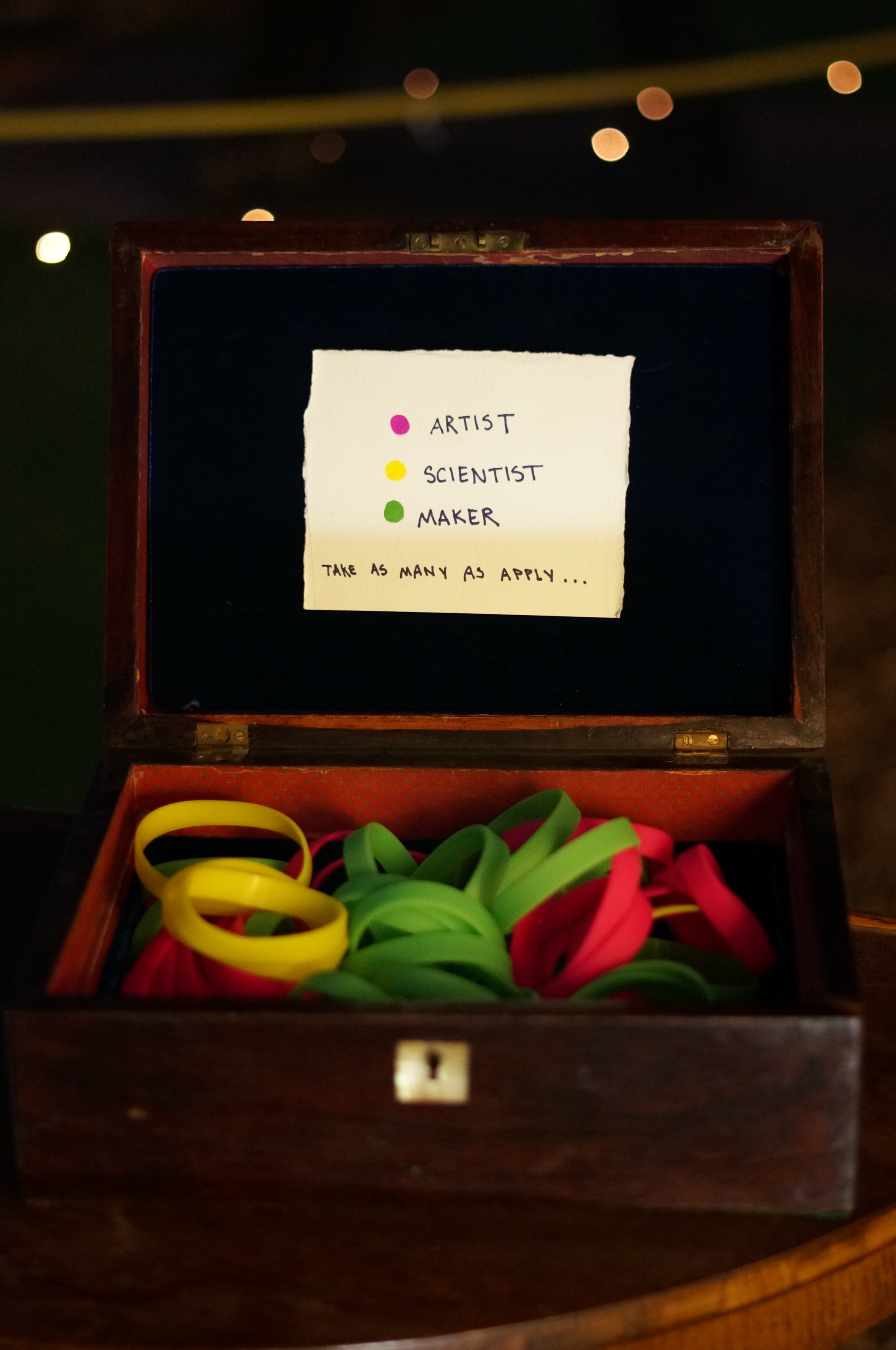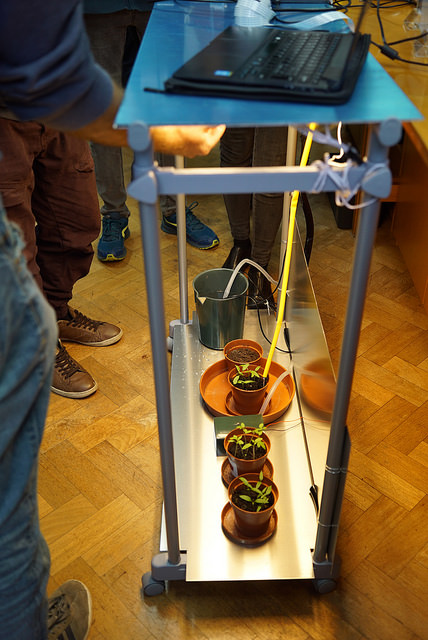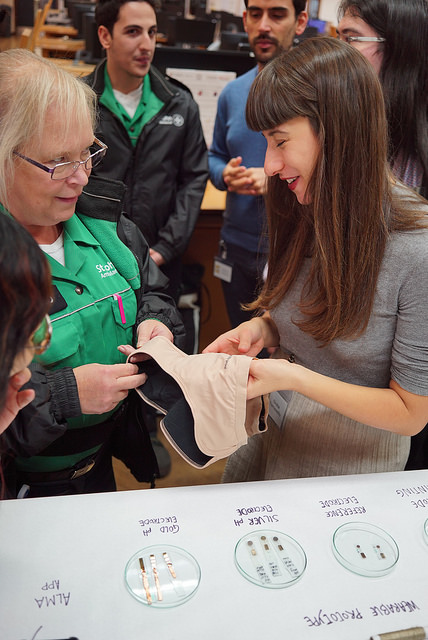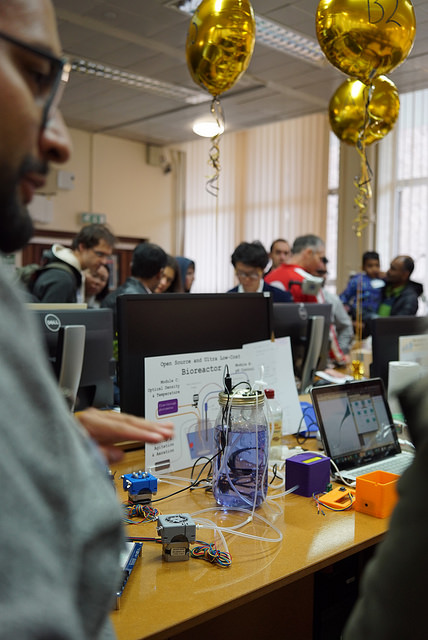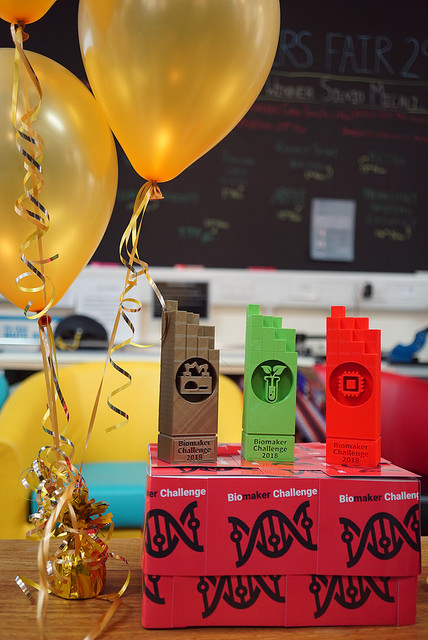Please join us in congratulating OpenPlant PI Prof Anne Osbourn on the publication of her book of poetry entitled Mock Orange:
MOCK ORANGE by ANNE OSBOURN | SPM Publications, Poetry
Third Prize Winner, Sentinel Poetry Book Competition 2018
“Mock Orange is a collection of poems in which Anne Osbourn attempts to order her life and her origins and to try to understand how and why she became a scientist, specifically a plant biologist. From early childhood she has tried to make sense of the world through plants. In mid-eighteenth century Sweden Linnaeus, the father of modern taxonomy, spent his life trying to understand his Maker through the classification of plants. Osbourn’s poetry encompasses Linnaeus’s adventures and experiences and his fascination with living things. Mock Orange is therefore about journeys from origins, both personal and global, in which negotiations between scientific and non-scientific languages and points of view form a central theme.”

![[Closes 24 Nov 2107] Apply now to the OpenPlant Fund!](https://images.squarespace-cdn.com/content/v1/54a6bdb7e4b08424e69c93a1/1509564315902-TUO4I6QRWI9TT8UGSIAJ/OpenPlantTwitter_400x400+%281%29.jpg)

![[Closes 7 Mar 2017] OpenPlant Research Associate (Haseloff Lab)](https://images.squarespace-cdn.com/content/v1/54a6bdb7e4b08424e69c93a1/1486552818859-FH76MCA8SMFU93WB85RX/OpenPlantTwitter_400x400.jpg)










